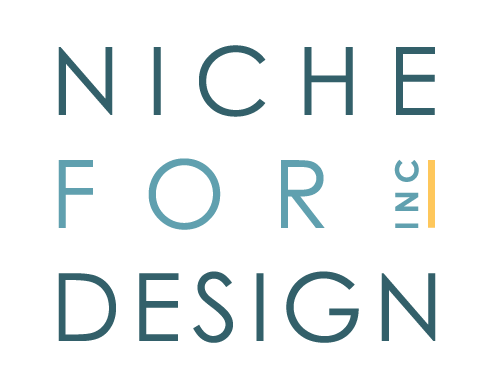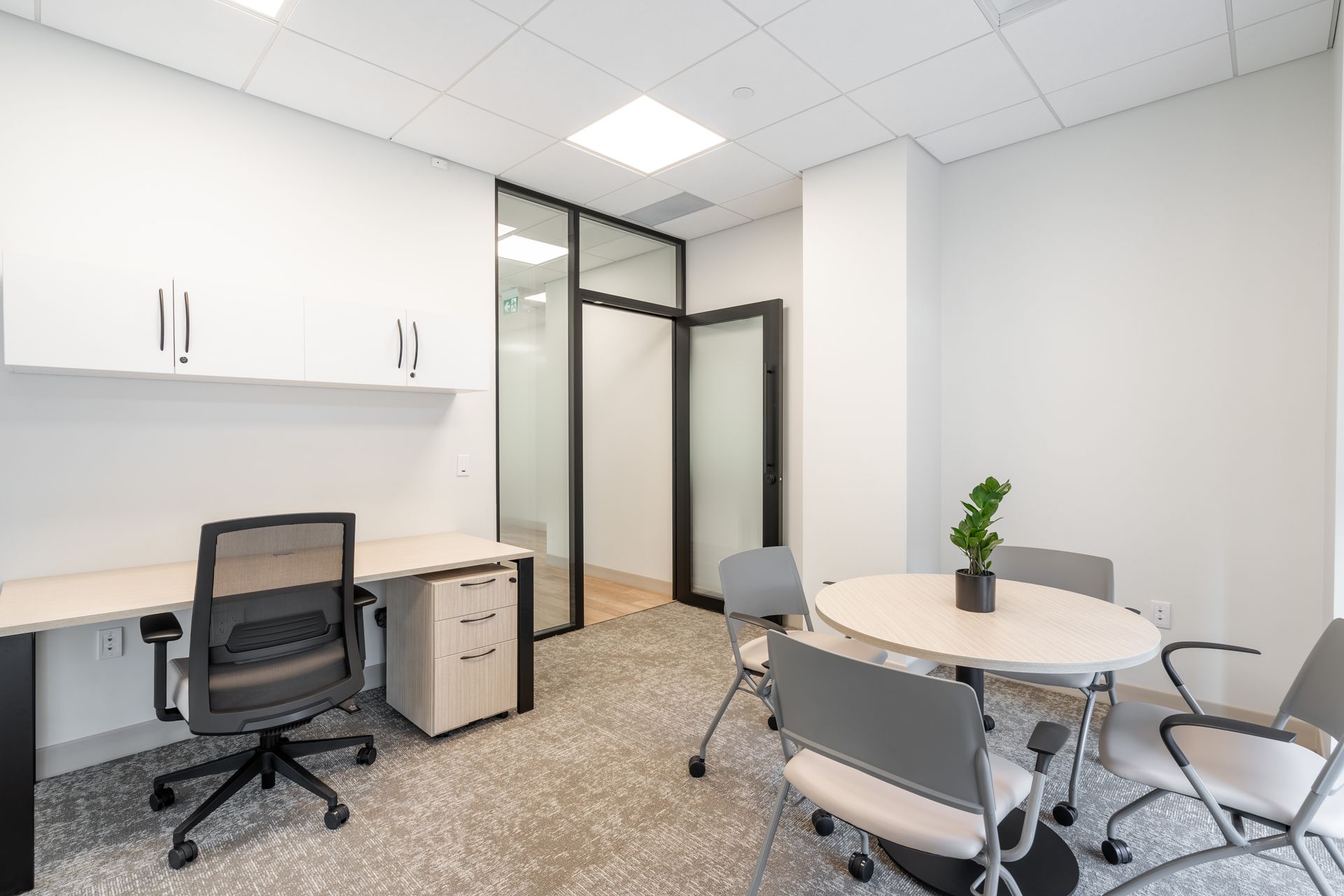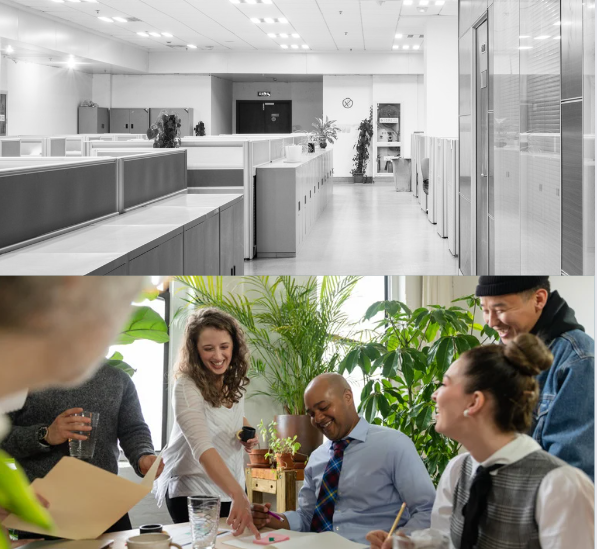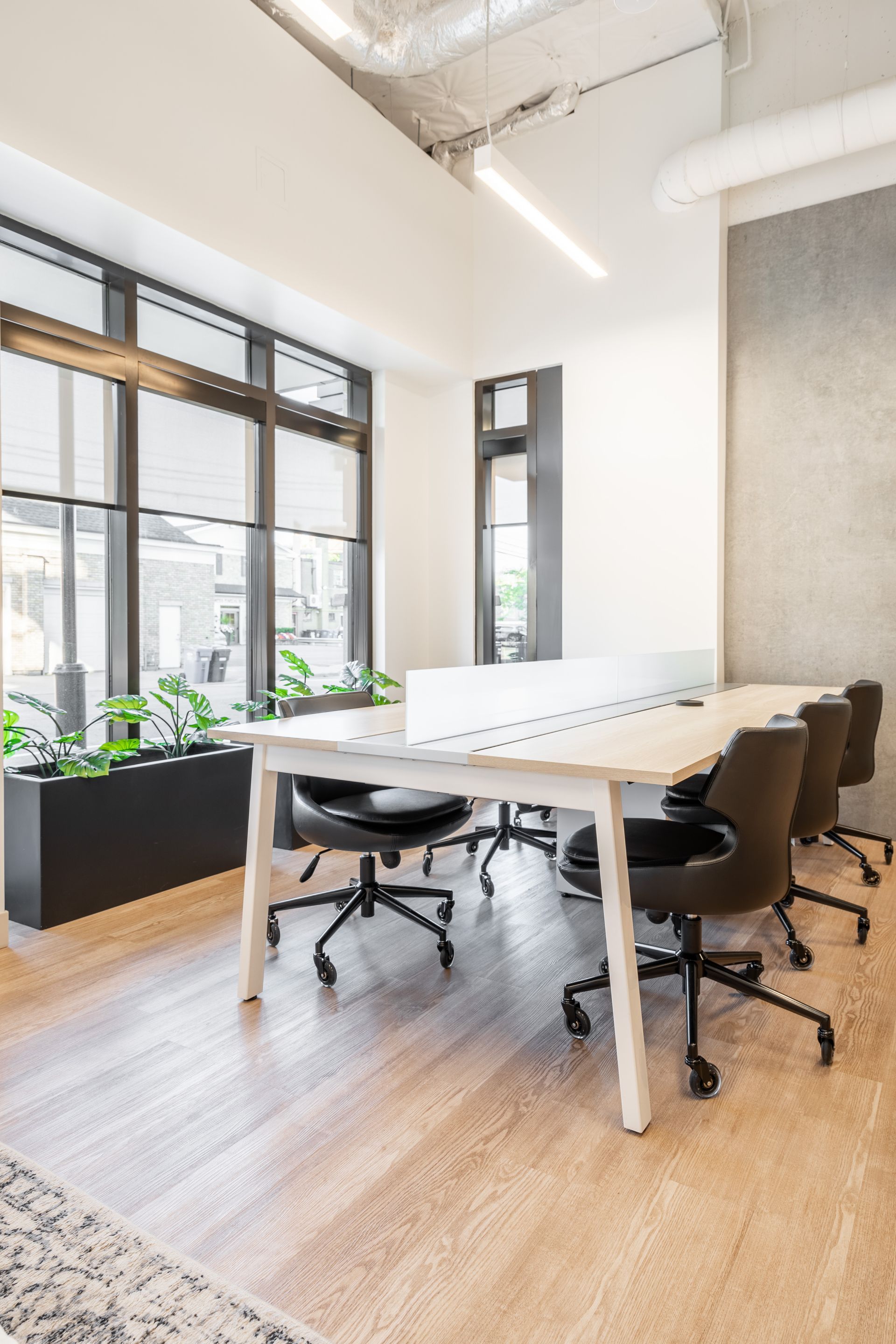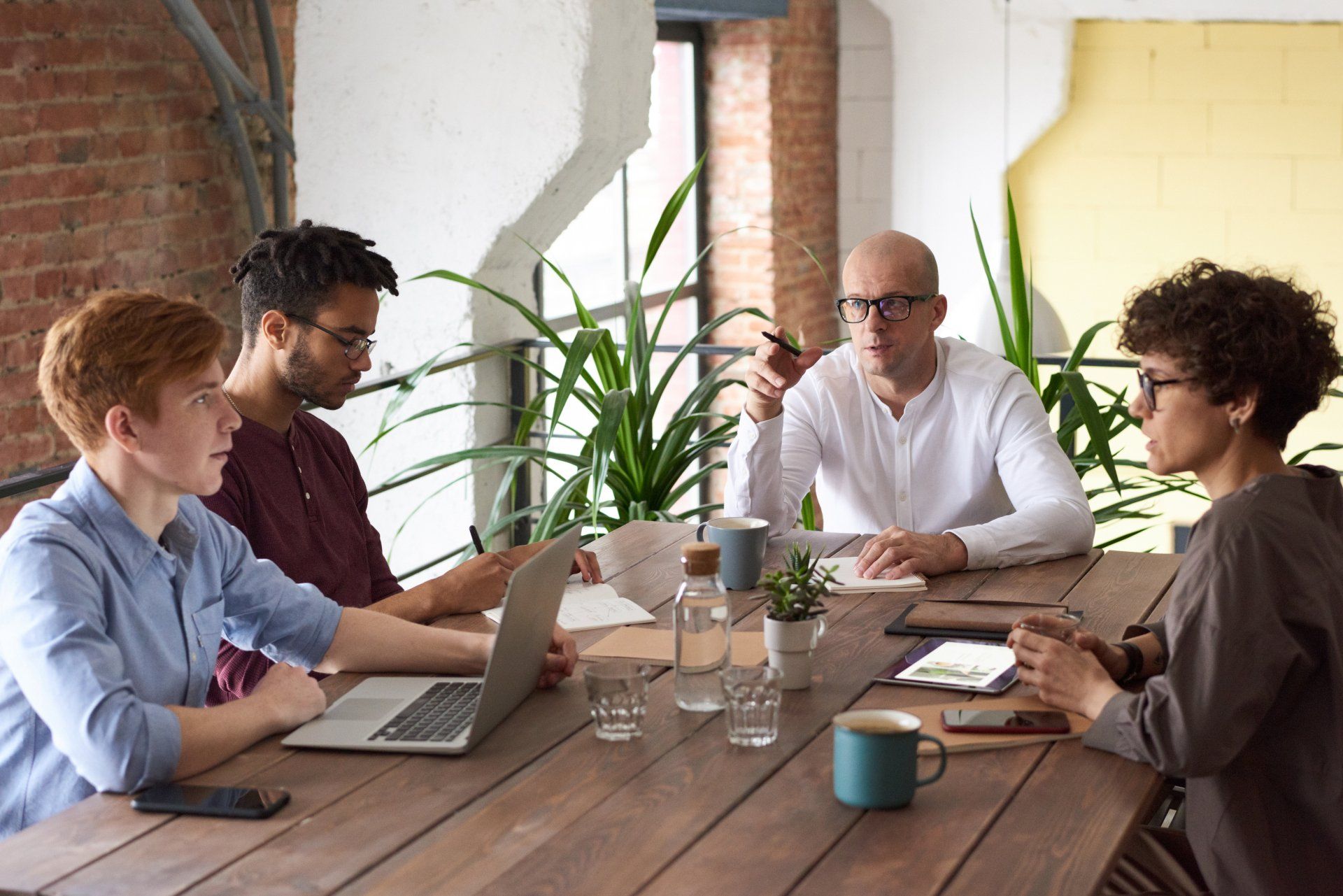Beyond the Colour Palette: How Interior Designers Impact Our Spaces
A Behind the Scenes Look into the Design Process
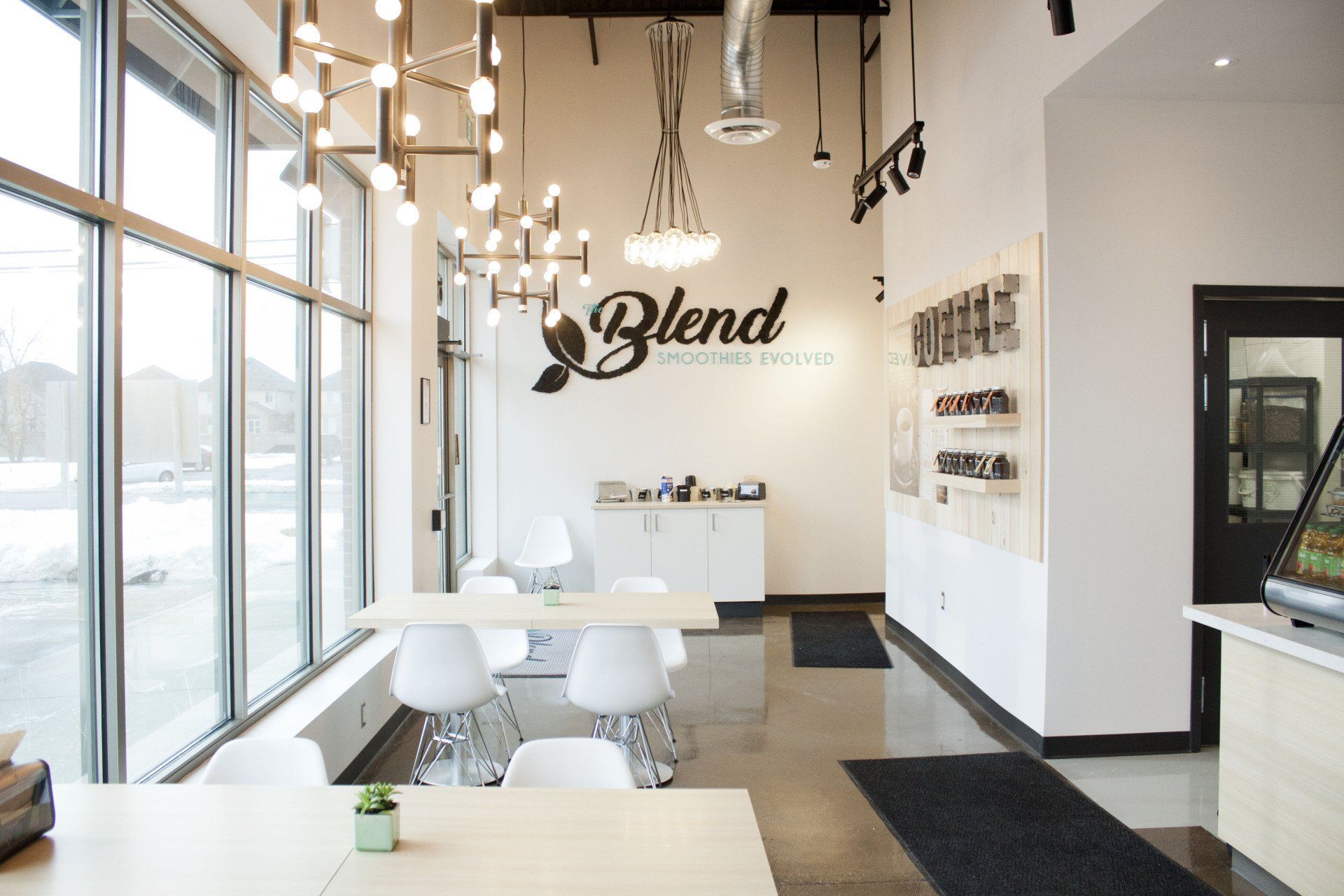
Interior designers can be compared to janitors, parents, or a washing machine. When they stop working or aren’t involved, it becomes very noticeable. You learn to appreciate what goes into the job and what happens behind the scenes that allow things in your world to be so fluid. When these people or items are not working as you have come to expect, things pile up and can get messy and stressful quite quickly.
Similarly, you tend to notice a space when it is empty, hollow, dull and uninviting. It is not a place you want to spend your time. In some cases, being in a place like this could be considered a punishment. We associate these types of spaces with jails, abandoned homes, factories or sad health care facilities. Just being in a blank empty space makes us feel colder, sad or uncertain. You may not even realize how your emotions can be triggered by how well or poorly a space is designed.
If we look at a space that is full of clutter and has no order or clear path of direction we may feel completely overwhelmed, not in control and want to leave as soon as we came. If we enter a space that is laid out in such a way that to get from one end to the other takes you in circles, you may be filled with frustration. If you came across a space that had no windows, was dimly lit and full of loud noises you would feel scared, unsure and certainly not want to stay any longer than possible.
The design of a space or lack there of is so powerful you can feel the emotion even if you are not physically there. Look at the sets of movies and tv shows, you can be transported from your living room to another city or country, another time period or a mode of transportation all by the way the space is laid out and brought together. Have you ever watched a film set in a city that you have visited on vacation and so many of the details on the set trigger a memory of when you were physically there? That is an incredible power to have, to create such a feeling in another person without ever even meeting them.
When you walked into a well-designed space you will notice that it is fluid, as you move within it, you start to notice new things and how they come together to create a mood or theme. You will feel warm, safe and comfortable in this space and you may not even realize why. You might think it is because you like the paint and tile and they match nicely, so that must be it. It may seem pretty simple, choose a couple finishes, tell the contractor where to complete the work and the space is done. There is a lot that goes on behind the scenes to create a great space. It is all about research, imagination, listening and attention to details.
The goal of a designer is to create a space that sparks emotion whether it is a restaurant, office, theatre, or hospital there is always a goal in how we want people to perceive the space. This is a carefully crafted recipe of colour, texture, lighting, materials, furniture and more. It all must fit together while still upholding building and construction standards, being within a timeline and budget and excellent communication with all stakeholders, for complete cohesion.
Design is about innovation, creativity and well being. Encompassing an interior place that makes one feel different when entering it than the moments before when in the outside world. A well-designed space can increase:
• your mood
• your well being
• the efficiency of how it is utilized
• your own creativity and inspiration.
It is why before an after photos are so powerful and why people who are visual thrive in this industry. We can see a space transformed before we ever put pen to sketch paper. It can be difficult to understand the value of the work that a designer does because the impact of a finished design is hard to put a price on. But know this, if you are looking for someone to take an empty box and mold it into a masterpiece, a designer is the person that can get you there.
Subscribe
Thank you for subscribing!
Oops, there was an error sending your message.
Please try again later.
Please try again later.
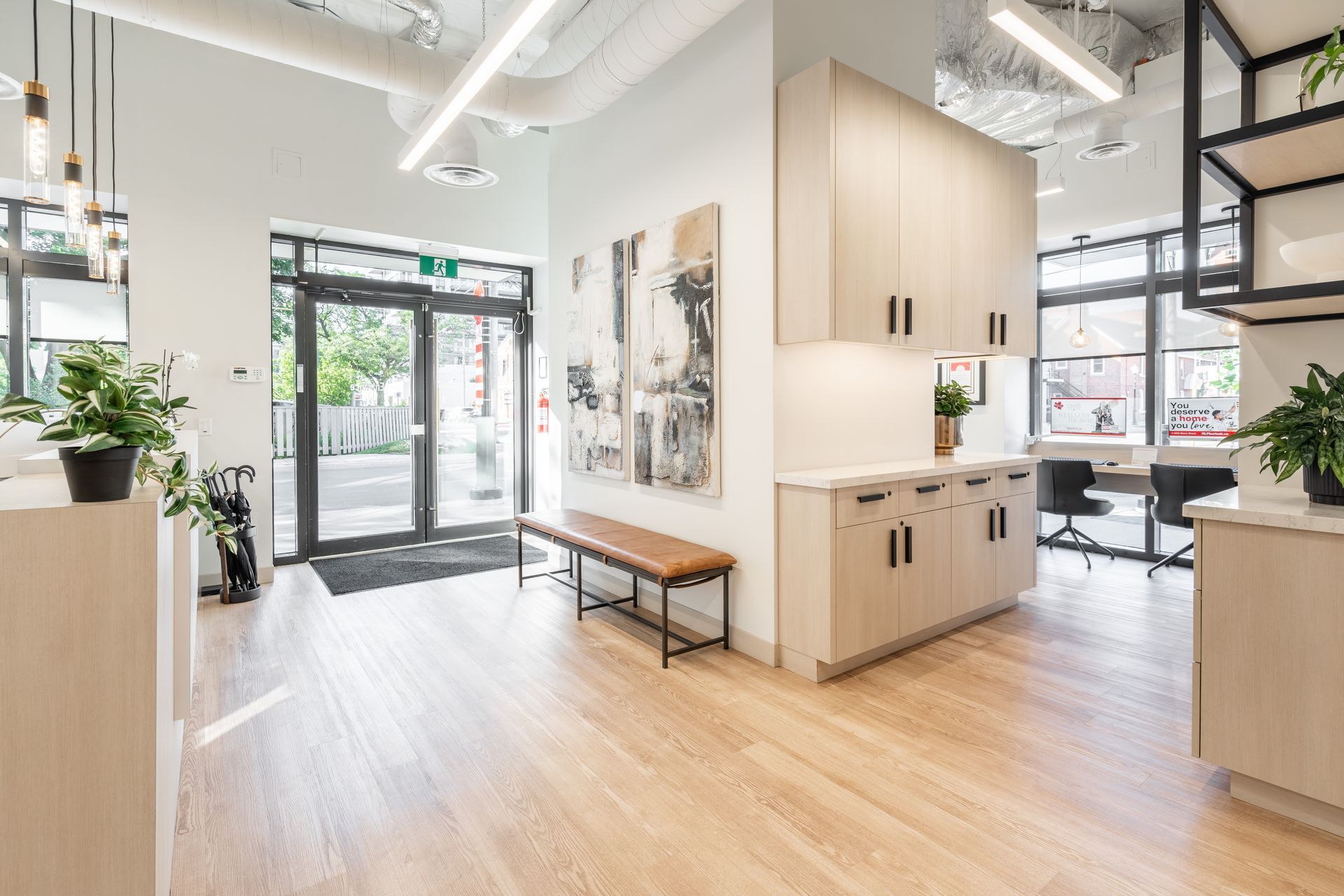
By Erika MacKay
•
31 Oct, 2023
In the ever-evolving landscape of work, one thing has become crystal clear: the optimal office is no longer a one-size-fits-all solution. As companies adapt to a new era of remote and hybrid work, the way we think about office spaces is undergoing a profound transformation. It's time to break free from the constraints of the past and explore alternative ways for our space to support how we work. One of the most exciting alternatives is free-address workspaces. This activity-based design approach provides a robust array of options and supports freedom of choice- a consistent preference identified in workplace research.
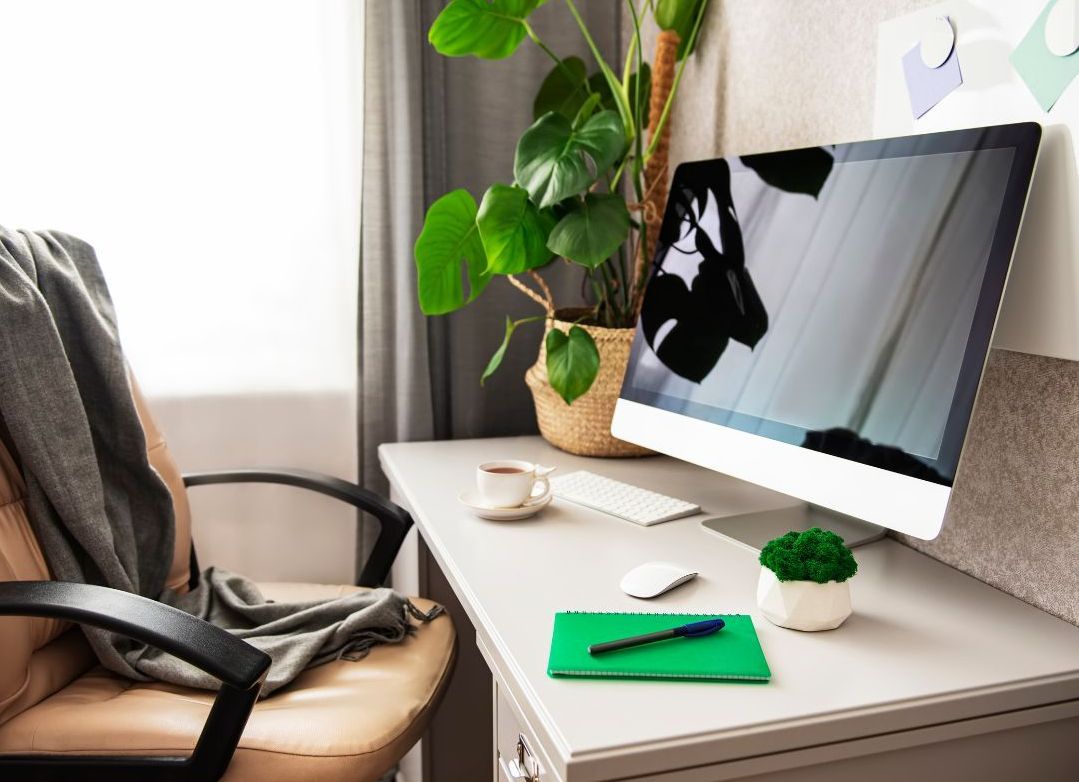
By Erika MacKay
•
05 Sep, 2023
EMPATHY: The pandemic was a challenging time for everyone in the world. There was not one person not affected by the difficulties that were presented. We all experienced a loss in one way or another, some lost family and friends, some lost jobs, some lost or postponed events but mostly we all lost connection. The connection and community that we had was taken and we were left feeling very alone which was quite frightening. Like other tragedies in history similar to a war the effects don’t go away once the rubble has been cleared. It takes a long time for a Nation to heal from such drastic events and many scars, habits and ways of thinking remain. What that means for the working world is that each person’s nervous system is more charged than before and can be triggered more than it used to be. An example might be that commuting to a downtown office on a train or in traffic surrounded by many people now feels very scary. For years we had to social distance, wear masks and be hypervigilant about germs and being in close proximity to others, so our brain is saying this feels unsafe. Another example might be noise. Before the pandemic we were used to loud, bustling offices which our brains equated to busyness and volume of work. This would make us feel safe in our job security and that the economy is in a positive light. However, when working at home we adapted to a quiet atmosphere that allowed for a lot of focus time and productivity. When we enter back into a space with a multitude of sounds it is over stimulating and we struggle to maintain focus. This is where we need to exercise empathy and understanding that people need to have the flexibility to work differently. Our brains have been re-wiring for the last 3 years and we can’t go back to what was and expect those same results. We need to treat offices as a place to gather, collaborate, share ideas and problem solve. We need to allow that in person social structure back into the fold and balance it with virtual calls when required but not be used as a default. We need to have dedicated focus and quiet spaces to allow for time away from the group to get things done. Our days are a constant battle of fulfilling our own needs. When we are challenged in doing this, we expend so much energy trying to re-route and get back on track and end up very unproductive. It is like our brains are “buffering” more time than they are streaming. Creating a workspace that allows for different modes of work will allow people to work at the most optimum levels without the frustration of feeling off track all the time creating a natural work/life needs balance. When our needs are met we have a good day, we feel accomplished, even if something didn’t go to plan as long as our needs were met, we see the joy in the adventure. If our needs weren’t met and we ended up having to get back on course over and over, we deem this a bad day. Which ends up leading to the frustration of being at work, instead of the enjoyment of a satisfying day. ENGAGEMENT: When a team is not engaged in the work culture, values or over arcing goals it throws everything out of alignment. It is like having all four wheels of a car tiling in opposite directions, it makes for a really bumpy and uncomfortable ride. When people are disengaged, they are working in the same office but just physically taking up the same space. This makes all tasks feel like it is a check box system, and each person is going through the motions in a robotic way. Imagine going to see your favourite band and they are not engaging with the audience; you would feel like you are looking into a window of them recording and album instead of attending a performance. Engagement comes from intentional actions. When meetings are scheduled what is the intention? What will be discussed and solved in that meeting? What can you share that will attract the attention of the team? If a meeting is to talk about budgets and targets start with the positive notes, the company, and personal “wins”. Ensure that not just one person is talking, the more the team is involved with conversations the more engagement occurs. One of the things that really helps bring people together is the atmosphere and space. A well- designed space with different colours and elements creates a mood within the office areas. Having areas for more casual meetings without the barriers of a table and more comfortable seating makes for a calm environment that lends itself to more open dialogue and sharing of ideas. When things feel very institutional and dry people tend to check out mentally and are more on auto pilot. This means more interactions become people talking “at” others as opposed to “with” each other in deep engagement which results in creative brilliance. Having engaging spaces and procedures within the office benefits everyone. EMPOWERMENT: Empowering your team is one of the best ways to guarantee success. When people are empowered, they feel freedom. Freedom of choice in how they can achieve something and freedom to push the envelope to be creative and supported in that failure is an option as it will lead to learning. Every time we “fail” at something we learn what didn’t work. In a world where people are constantly tilting their head up and wondering, “how?” People who are empowered are driven to “do”. When we sit too long in the “how” mentality we go through all of the scenarios and play them out in our mind and then waver on whether or not that is the right decision which results in analysis paralysis. Our fears kick in and we end up stuck, not moving the needle at all. When you empower your team there is trust, you are saying I trust you are aligned with the vision of the company, and I encourage you to look at ideas that might seem unconventional but the only way to know what isn’t going to work is to try. This doesn’t mean people are encouraged to be reckless, it means that you let go of control. Set expectations and parameters but then give the freedom over. We are all just one person and we can’t do it all, many hands make light work and many minds come up with a variety of ideas. Every day in the office is a team building opportunity, if you had to complete a puzzle like an escape room as one person you would likely fail, you need different perspectives and ways of thinking to figure out the puzzles of business. This is where the two elements discussed above come together to really push your team’s success. Creating well-designed spaces that have flexible zones and functions allows for a new way of work that is vibrant, exciting, productive and a place people want to be. We have learned through the pandemic we don’t want to be alone all the time. Loneliness is detrimental to the human spirit. We need community and connection to thrive so let’s create these places together to allow for a new era of people loving the place they work because it feels good.
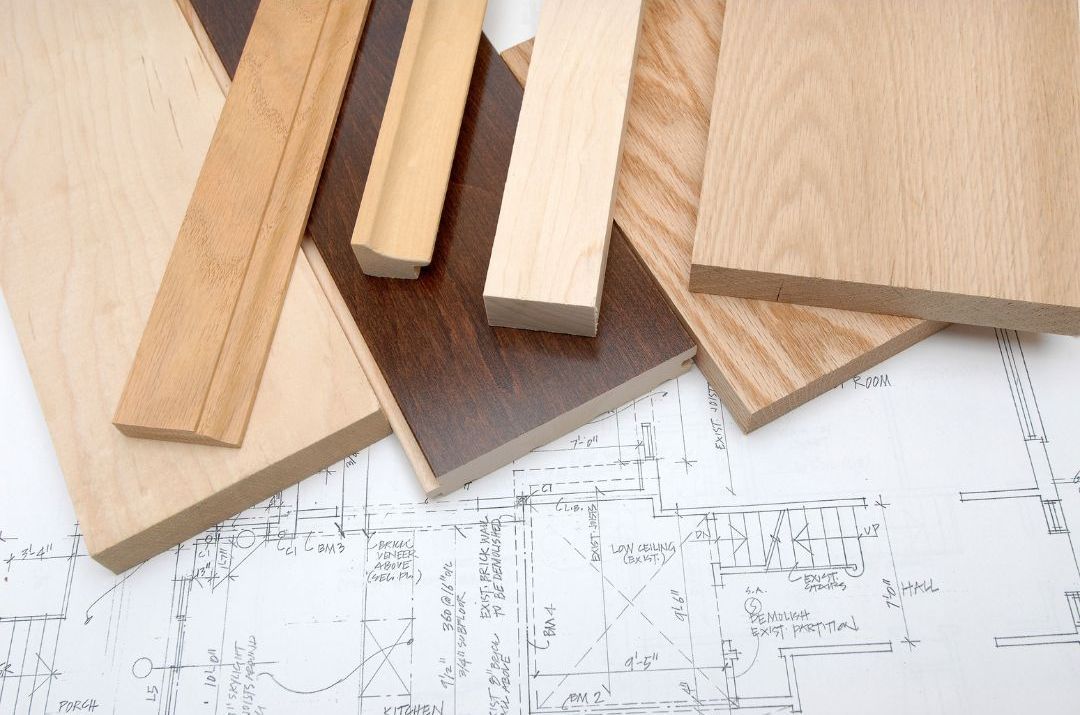
28 Aug, 2023
Being in the design industry for 20+ years now I have noticed many similarities in how people perceive interior designers, many of them being completely inaccurate. Like any industry I believe that assumptions and myths lead to general ignorance when it comes to a product or service in the market. Are Interior Designers expensive? Why not hire a decorator? Do I need a designer for something so simple? These can feel like loaded questions, but we have simplified the answers to debunk these preconceived notions.
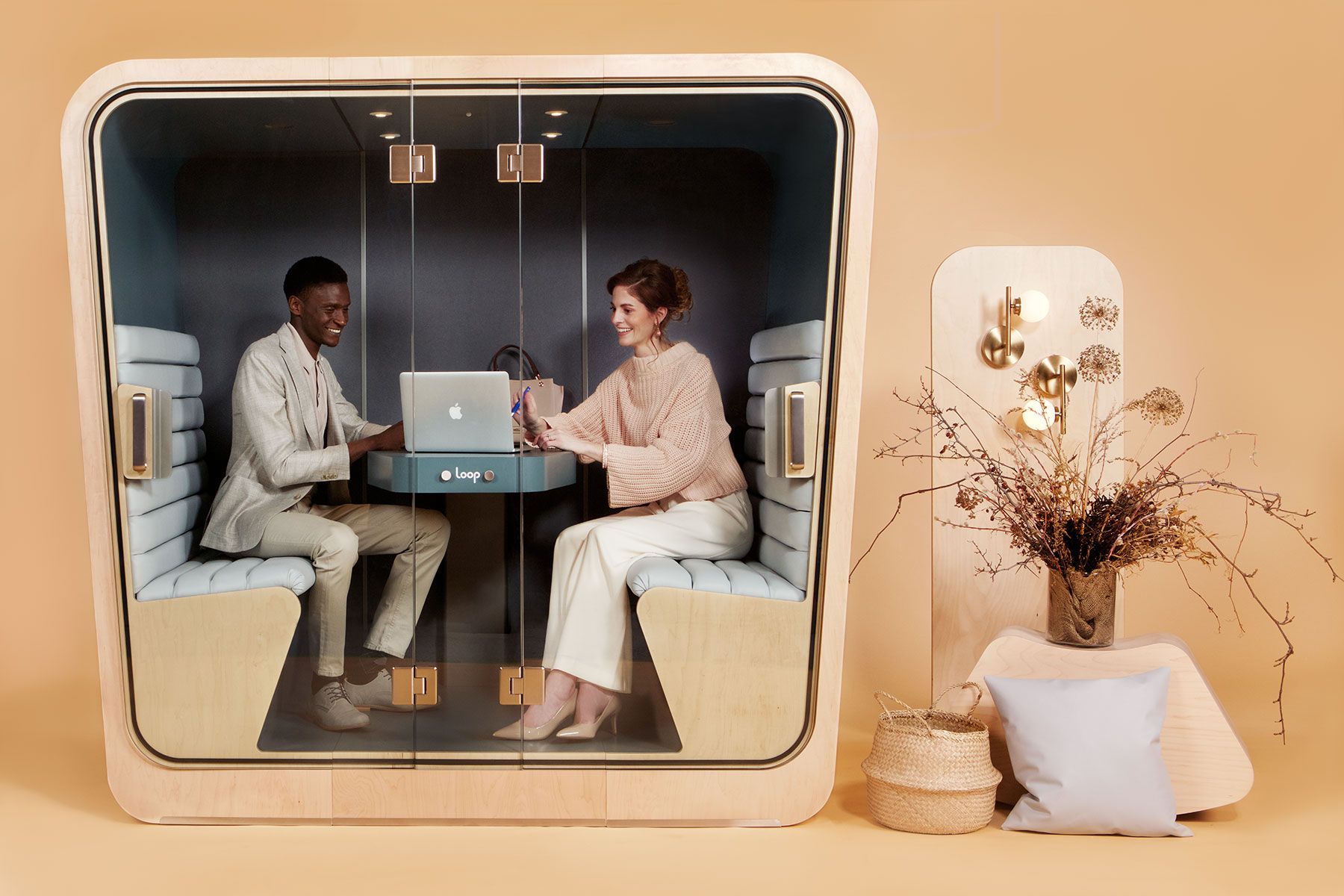
By Erika MacKay
•
21 Jul, 2023
In the modern workplace, where collaboration and productivity are paramount, it's easy to overlook the importance of acoustics. However, the impact of sound in the office environment should not be underestimated. From reducing distractions to enhancing concentration and overall well-being, acoustics play a crucial role in creating a harmonious and productive workspace. In this blog post, we will explore the significance of acoustics in the office and how it can positively influence both employees and businesses.
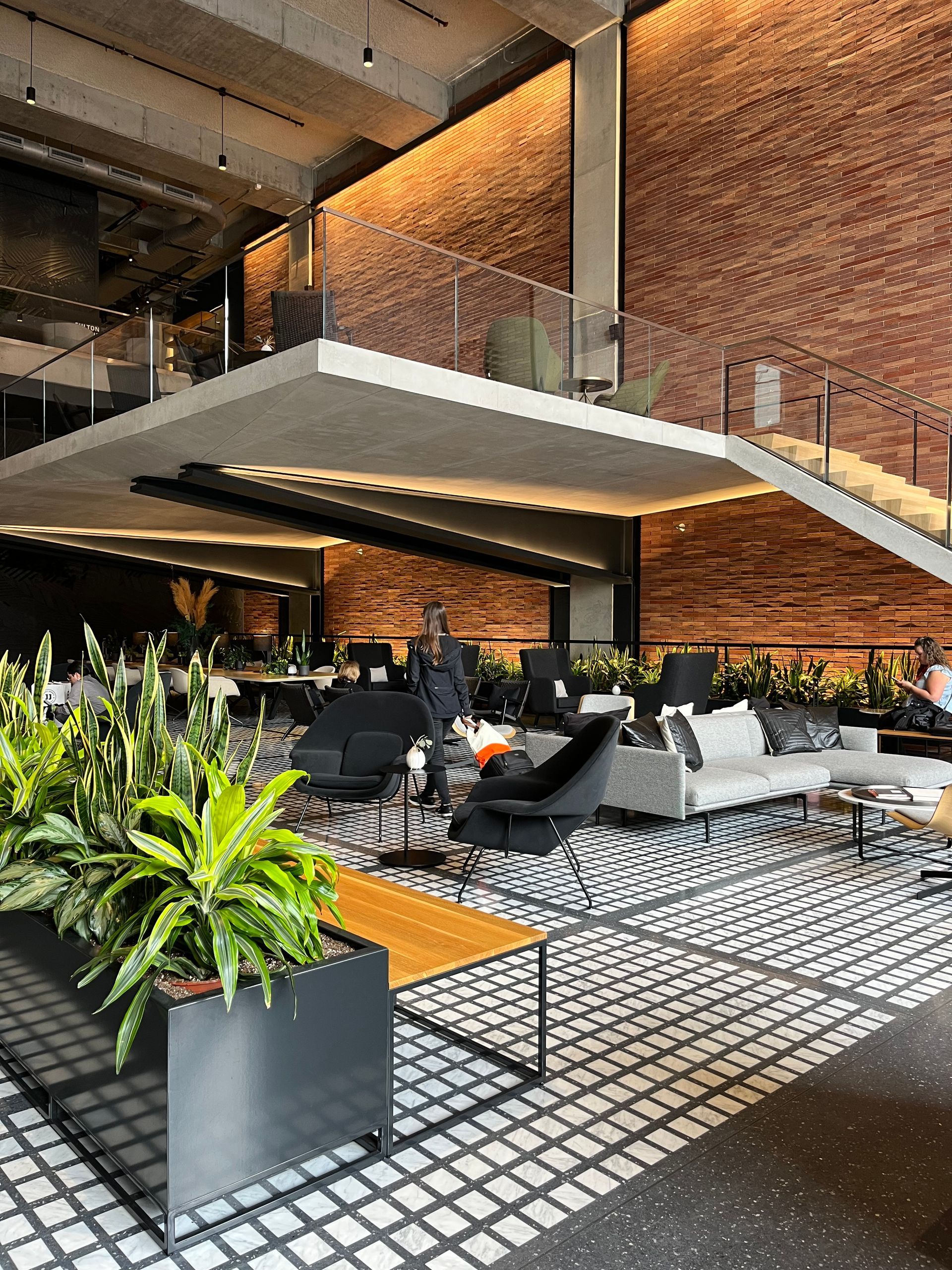
By Erika MacKay
•
01 Jul, 2023
As the most significant show for commercial Interior Design in North America, NEOCON is an amazing opportunity for designers to see what is new and emerging in our industry. To say it is HUGE is an understatement. The Merchandise Mart is the largest in the world, and permanently hosts more 250 showrooms for furniture, fixtures and finishes. Every year in June Interior Designer flock to Chicago- a trip that Niche has been working to make happen for many years. In fact, we had booked out visit in 2020, but of course the global pandemic changed those plans. Fast forward to 2023 and we finally made it! To summarize everything we learned in our 3 days of NEOCON would be quite a task. However, we could not resist the opportunity to share some eye candy with you. Some notable trends, which we expect to see growing into 2024 included; nature-inspired lines, colours and textures, biophilic design, workspace wellness, hybrid offices, modular, multi-purpose furniture, and overall spaces that are vastly different from the workspaces of the past! Interested in learning more- reach out to us to discuss your evolving workspace needs.
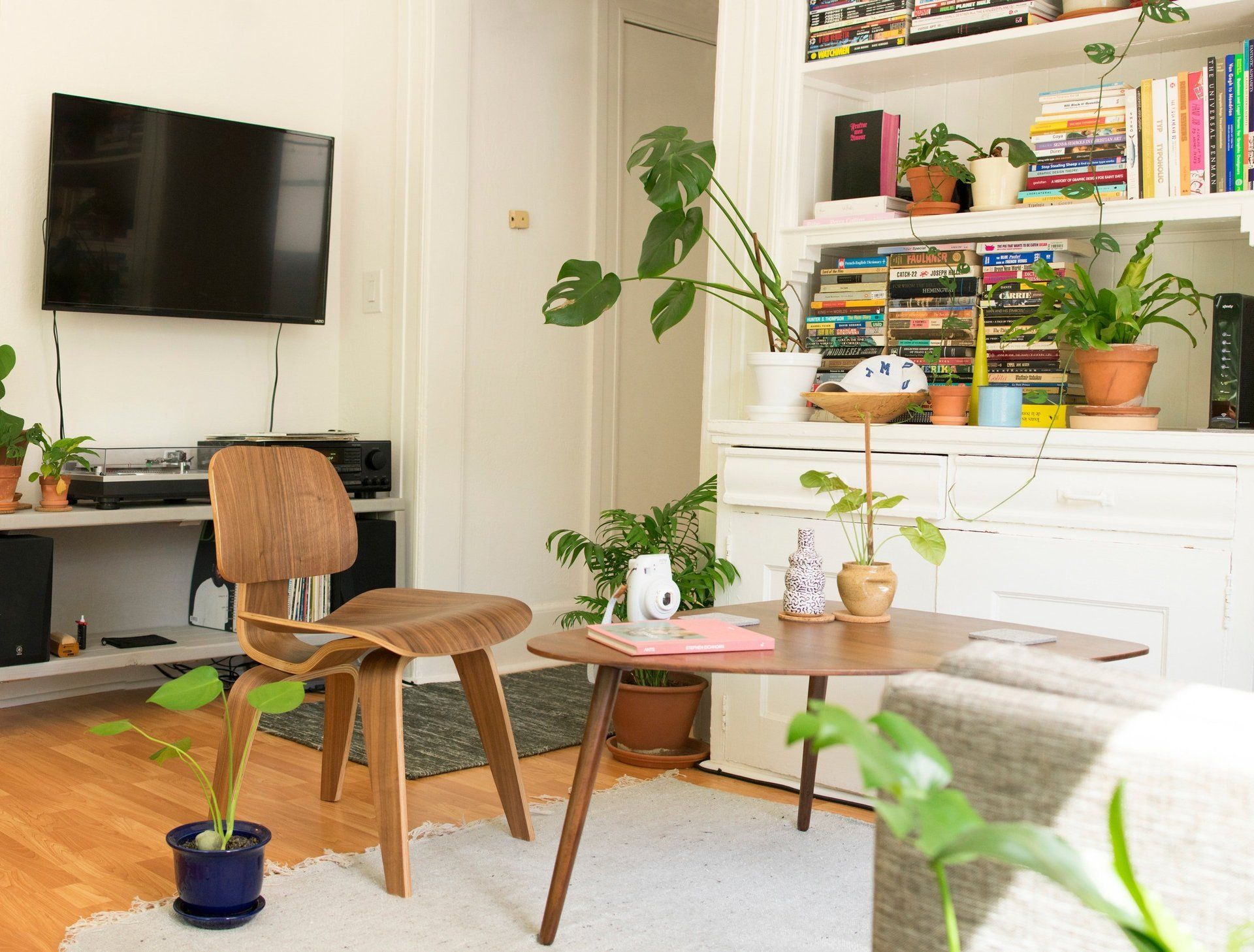
By Erika MacKay
•
04 Mar, 2023
Work-induced fatigue is common among office workers, with research indicating that over 20% of the workforce experiences prolonged fatigue. I am sure we have all experienced the feeling of being mentally and physically depleted during a workday. The experience of prolonged fatigue combined with a high need for mental recovery is strongly associated with psychological distress, including decreased mental acuity, deficits in motivation, and irritability. There are many ways to improve our energy throughout the day, but, if we want to optimize our success, productivity and overall satisfaction with life, it is important to consider how we handle long term stress and fatigue. Long working hours and insufficient opportunities for recovery are associated with numerous adverse outcomes, including cardiovascular and immunologic reactions, reduced sleep quality and increased risk for stress, burnout, excessive alcohol use and even poor diet. Innovative companies, who care deeply about their teams are implementing many tools to help deal with stress and fatigue. One of these is called “restorative space.” These spaces can take many forms and often provide a much-needed opportunity for rest and recovery- Reading, meditation, naps, pumping or nursing for new mothers, and even health practitioner visits are a few of the activities commonly accommodated in a restorative space! #1- Discuss Wellness Goals with Your Team Talk to your team about creating a wellness space and explain some of the potential uses. Some of our favourites include: meditation, reading, or hosting health visits (such as massage or chiropractic care). #2- Dedicated, Private, Space The WELL building standard prescribes a minimum of 75 SF + 1 SF per occupant (up to 2000 SF) to be allocated for restorative purposes. If you have even just a bit of space- maybe an under utilized office, since hybrid working- it may be worth considering what an ideal restorative space might look like for your team. The key here is that it can be made relatively private and will allow your team to disconnect from their regular office environment. #3- Create a Comfortable Environment Consider incorporating dimmable light and sound interventions (such as nature sounds or soft music). Also be sure that the temperature is comfortable (ideally adjustable), and incorporate comfortable seating options. #4- Incorporate Nature Natural Light and views of nature are always a plus, but even in the absence of these items, we can incorporate: natural colours, materials and textures. Artwork that reflects nature is also helpful and don't forget that plants will not only look beautiful, but will also help improve your air quality! The goal of a restorative space to encourage your team to step away from the stress of the office environment, recharge and refocus. This can lead to significant improvements in performance while helping to alleviate the negative effects of workplace fatigue or mental depletion. By incorporating nature and other restorative elements, these spaces can help relieve stress and mental fatigue, support focus and encourage overall mental well-being. We would love to hear about your restorative spaces! Still not sure where to start? Reach out to us to book a Wellness ideation session with your team. We would be happy to help!
© 2024
. Niche for Design. All Rights Reserved
